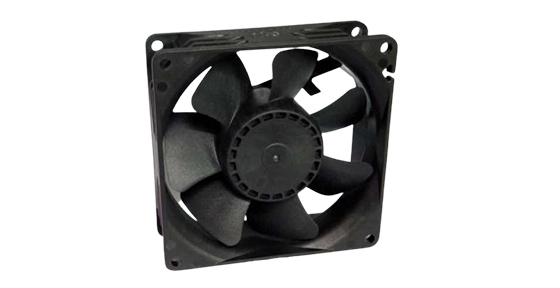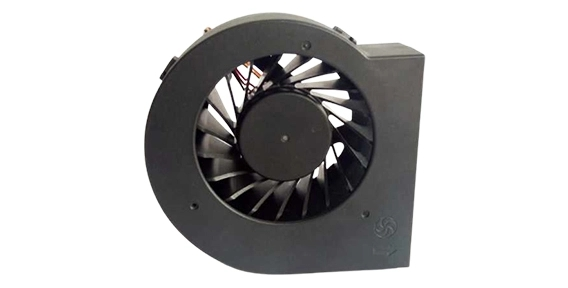DC Axial Fans: Size Specifications
When it comes to cooling systems, DC axial fans play a crucial role in maintaining optimal temperatures and preventing heat-related issues. These fans are widely used in various industries, including electronics, telecommunications, and automotive. Understanding the key specifications of DC axial fans is essential for selecting the right fan for your specific needs.
One important specification to consider is the size of the fan. DC axial fans come in a range of sizes, typically measured by the diameter of the fan blades. Common sizes include 40mm, 60mm, 80mm, 92mm, 120mm, and 140mm. The size of the fan is directly related to its performance. Larger fans tend to move more air and provide better cooling capabilities. However, it is crucial to choose a fan that fits the available space and airflow requirements of your application.

DC Axial Fans: Powering the Flow
DC axial fans are powered by a direct current (DC) electrical source, which allows for efficient and reliable operation. These fans are designed to convert electrical energy into rotational motion, creating a flow of air. The power rating of a DC axial fan is an important specification to consider.
The power rating is typically specified in volts (V) and amperes (A). Higher voltage fans tend to provide better cooling performance as they can generate higher airflow. However, it is essential to ensure that your power supply can deliver the required voltage to operate the fan effectively. Additionally, the current drawn by the fan should be within the limits of the power supply.
DC Axial Fans: Driving the Cooling Force
The primary purpose of DC axial fans in axial cooling fan is to drive the cooling force by moving air and dissipating heat from the surrounding components. The airflow generated by the fan is measured in cubic feet per minute (CFM) or cubic meters per hour (m³/h). This specification indicates the volume of air the fan can move in a given time.
The airflow of a DC axial fan is influenced by several factors, including the size of the fan, the speed at which it rotates, and the design of the fan blades. Increasing the fan speed typically increases the airflow. However, it is important to consider the noise level generated by the fan at higher speeds, as it may impact the overall comfort and efficiency of the system.
Choosing the right DC axial fan for your specific cooling needs is crucial. The airflow requirements depend on the heat dissipation requirements of the components in your application. It is important to select a fan with sufficient airflow to ensure efficient cooling and prevent overheating.
DC axial fans are essential components in various industries where cooling is critical. Understanding the key specifications of these fans is crucial for selecting the right one for your specific requirements. Size specifications determine the fan's physical dimensions and airflow capacity. Power ratings indicate the voltage and current required for the fan to operate effectively. Lastly, the airflow determines the cooling force provided by the fan. By considering these specifications, you can select the most suitable DC axial fan to ensure optimal cooling and prevent heat-related issues in your application.
In conclusion, the choice of a suitable DC axial fan is essential for efficient cooling and heat dissipation in various applications. Understanding the key specifications such as size, power, and airflow is necessary for selecting the right fan. By considering these specifications and the specific cooling requirements of your application, you can ensure the optimal performance and reliability of your cooling system.


 EN
EN 
 +
+
 +
+
 +
+



